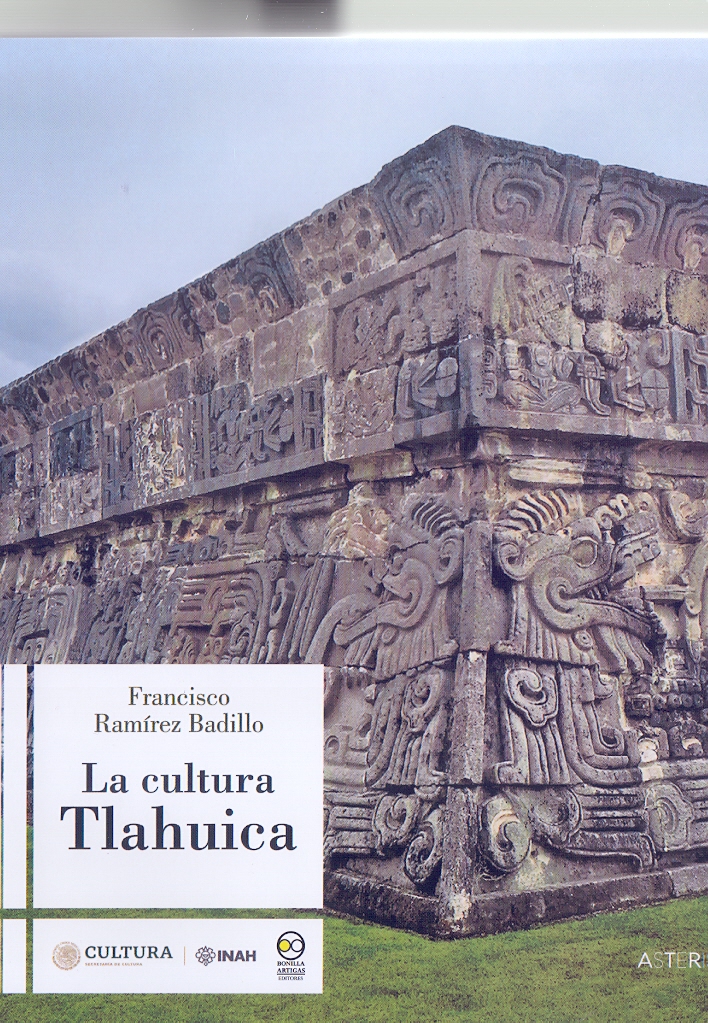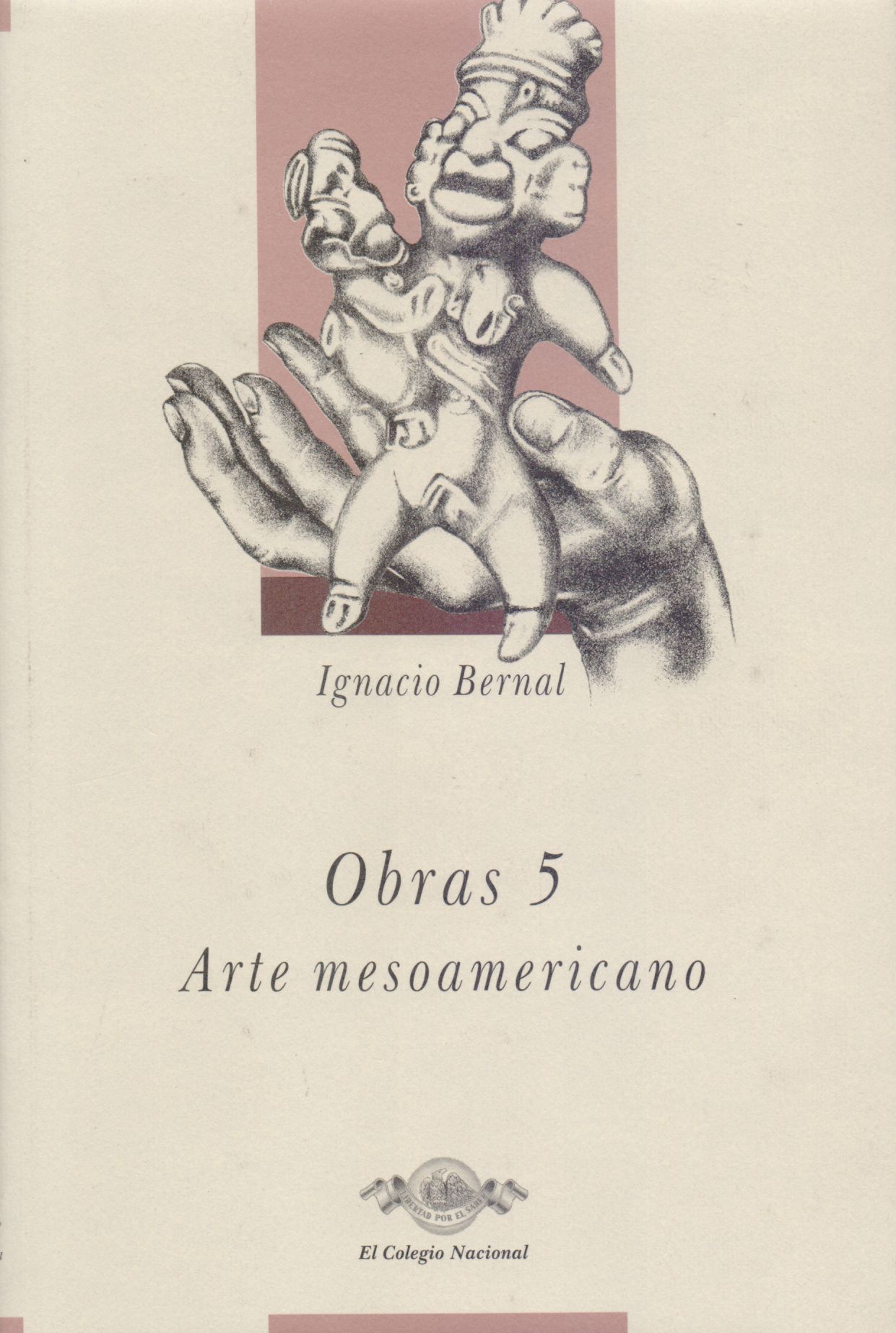Libros relacionados
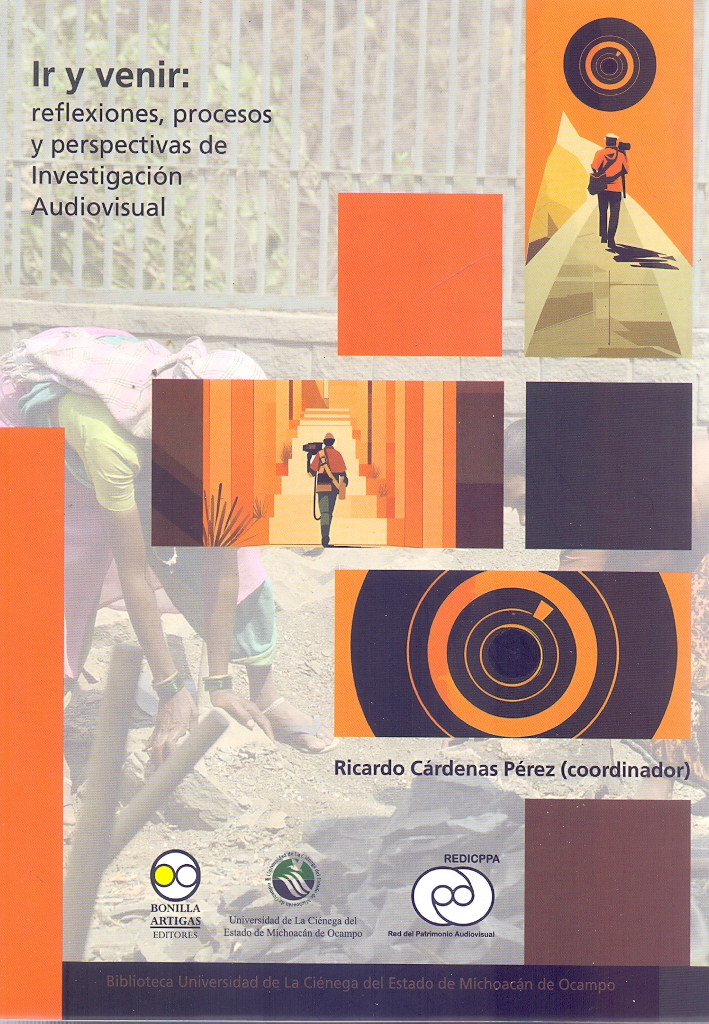 |
Ir y Venir: Reflexiones, Procesos y Perspectivas de Investigación Audiovisual Ricardo Cárdenas Pérez Bonilla Artigas Editores |
 |
Goles y Banderas: Fútbol e Identidades Nacionales en España Quiroga Fernández de Soto, Alejandro Marcial Pons |
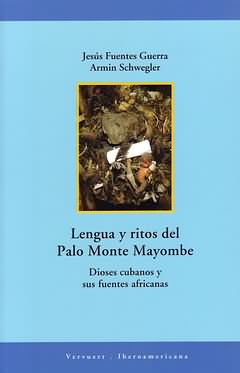 |
Lengua y Ritos del Palo Monte Mayombe: Dioses Cubanos y Sus Fuentes Africanas Fuentes Guerra, Jesús / Schwegler, Armin Iberoamericana Vervuert |
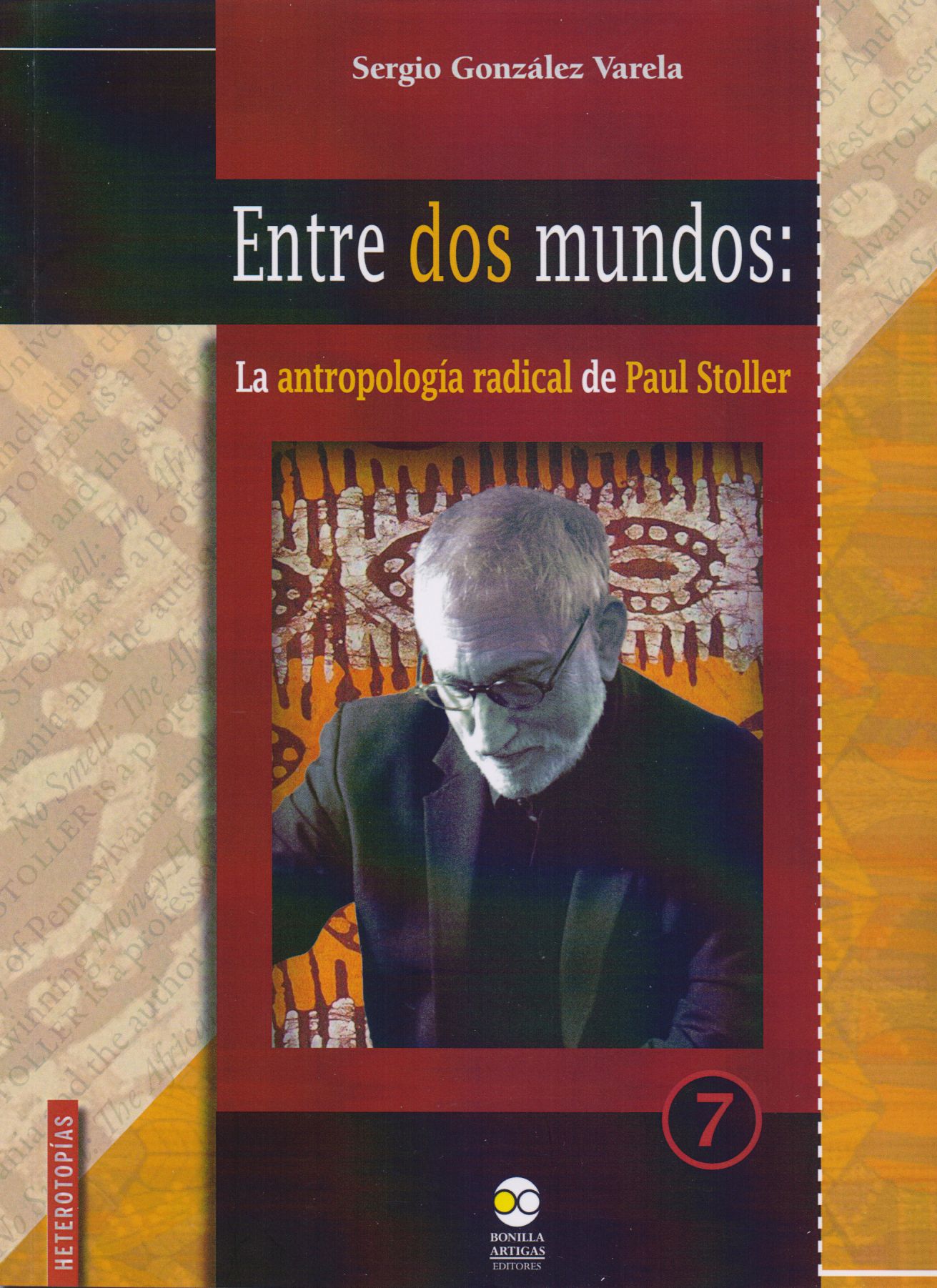 |
Entre Dos Mundos: la Antropología Radical de Paul Stoller González Varela, Sergio Bonilla Artigas Editores |
 |
Introducción a la Antropología Cultural Phillip Kottak, Conrad Mc Graw Hill Interamericana de Mexico |


|
Título: Diet, Health, And Status Among The Pasion Maya | |
| Autor: Wright, Lori E | Precio: $1120.00 | |
| Editorial: Vanderbilt Institute Of Mesoamerica | Año: 2006 | |
| Tema: Antropologia, Mesoamerica | Edición: 1ª | |
| Sinopsis | ISBN: 9780826514189 | |
| This volume presents the data, analyses, and interpretation of a wide range of osteological and burial data. The Petexbatun bioarchaeology subproject included complete assessment of burial practice and osteology. The chapters on this research explore population variability in time and space, paleopathology, and trauma from skeletal remains throughout the various sites and the inter-site areas of the Petexbatun, as well as from Seibal and Altar de Sacrificios. Yet Wright's innovative study goes on to apply the most recent physical and chemical techniques, particularly isotopic analysis, to assess diet and health in the populations of the Pasion region. Variability between sites, across levels of status, and over time are assessed and conservatively interpreted in the light of contemporary issues and problems of physical, chemical, and statistical methodology. Finally, the Petexbatun and Pasion region results are compared in order to reassess past and current studies and interpretation of skeletal remains in other regions of the ancient Maya lowlands. In the final chapters of this work, Wright's cutting-edge osteological analyses are used to critique current alternative interpretations of Late Classic to Postclassic culture history and alternative hypotheses on the role of changes in climate, ecology, diet, nutrition, invasion, and other factors in the end of Classic Maya civilization and the transition to the Postclassic period.
This volume also provides an independent assessment of the results of other Petexbatun region subprojects and a comparative evaluation of recent studies by other projects of Late and Terminal Classic culture change. For bioarchaeologists, this work sets a new standard in breadth and depth of osteological study. For Pre-Columbian scholars in general, it provides new insights into the environmental and biological issues involved in the debate on the end of the Classic period of Maya civilization. |
||
Librería Bonilla SA de CV © Todos los derechos reservados. 2019
Última actualización: Jul 2019



